Het arrangement Thema 8 "Voortplanting" - kopie 1 is gemaakt met Wikiwijs van Kennisnet. Wikiwijs is hét onderwijsplatform waar je leermiddelen zoekt, maakt en deelt.
- Auteur
- Laatst gewijzigd
- 14-06-2022 21:41:55
- Licentie
-
Dit lesmateriaal is gepubliceerd onder de Creative Commons Naamsvermelding 4.0 Internationale licentie. Dit houdt in dat je onder de voorwaarde van naamsvermelding vrij bent om:
- het werk te delen - te kopiëren, te verspreiden en door te geven via elk medium of bestandsformaat
- het werk te bewerken - te remixen, te veranderen en afgeleide werken te maken
- voor alle doeleinden, inclusief commerciële doeleinden.
Meer informatie over de CC Naamsvermelding 4.0 Internationale licentie.
Aanvullende informatie over dit lesmateriaal
Van dit lesmateriaal is de volgende aanvullende informatie beschikbaar:
- Eindgebruiker
- leerling/student
- Moeilijkheidsgraad
- gemiddeld
Gebruikte Wikiwijs Arrangementen
Spinoza20first Domein Natuur & Technologie 2. (2019).
Thema 8 "Voortplanting"

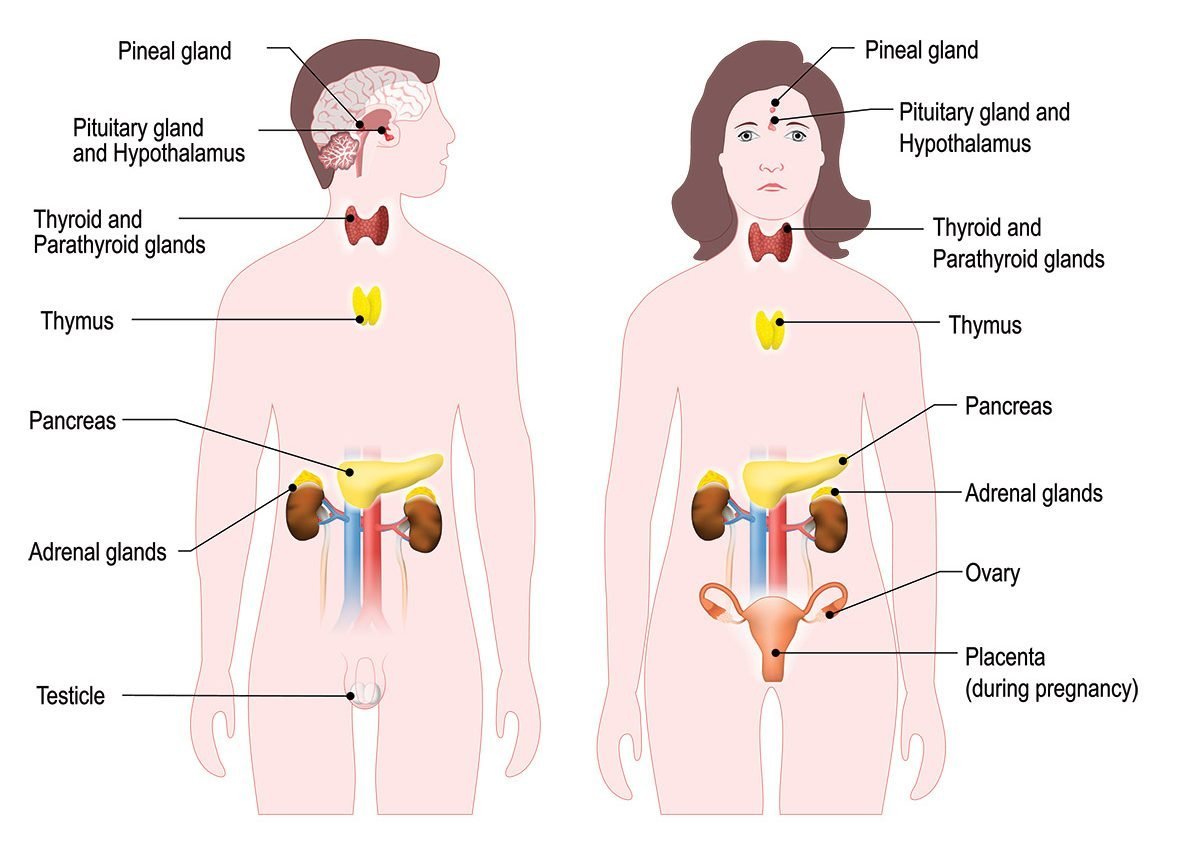

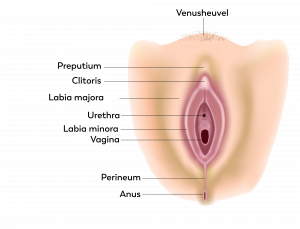

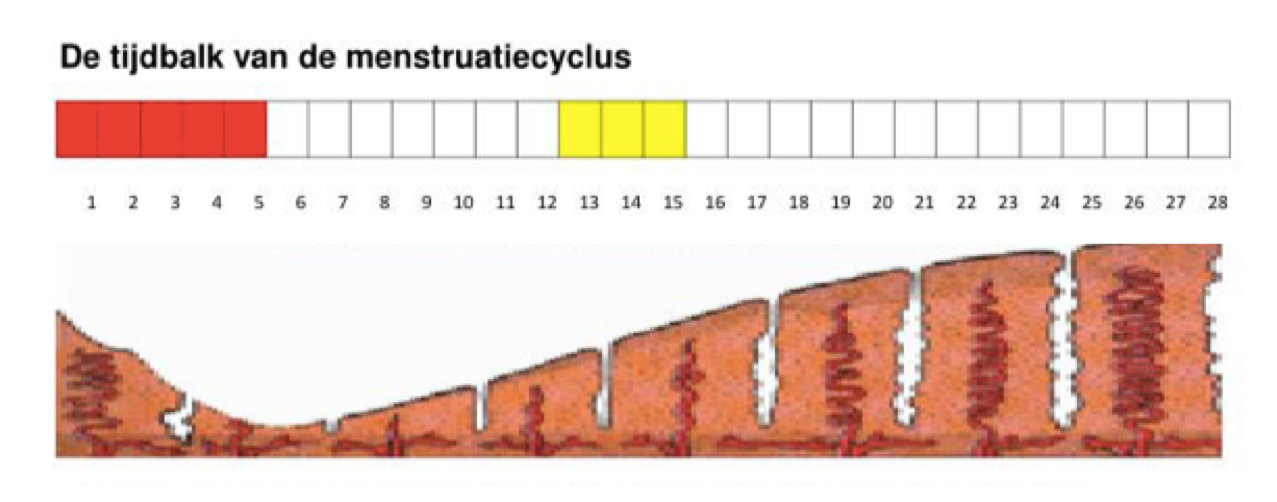
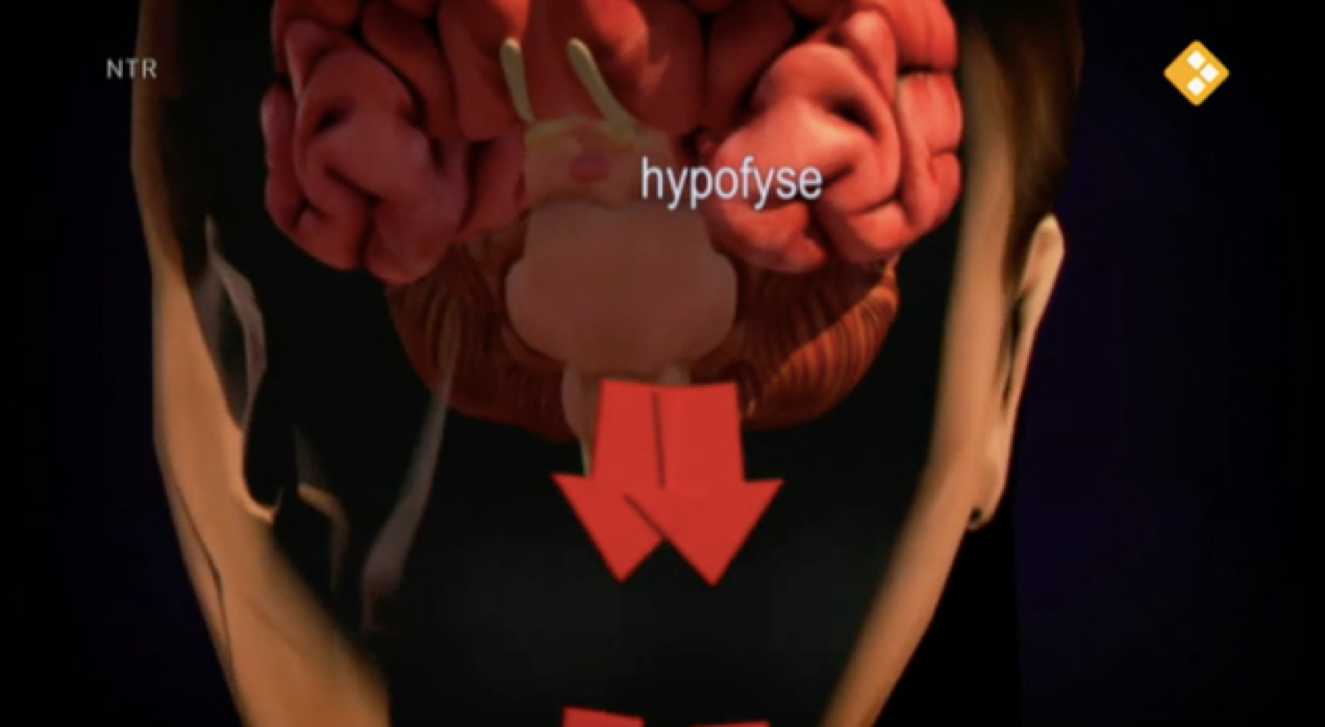

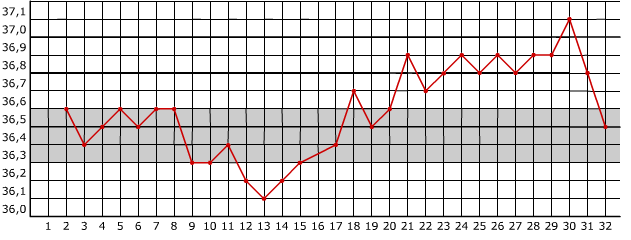
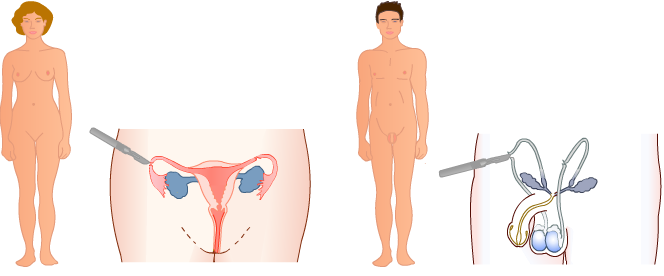


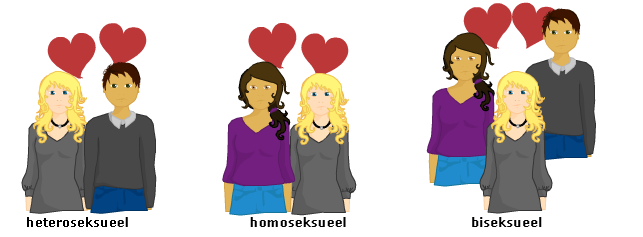
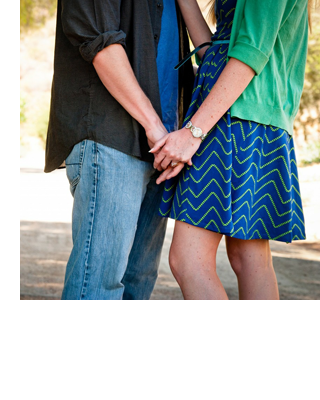 Als je je aangetrokken voelt tot elkaar, wil je dicht bij elkaar zijn, elkaar aanraken, knuffelen en zoenen.
Als je je aangetrokken voelt tot elkaar, wil je dicht bij elkaar zijn, elkaar aanraken, knuffelen en zoenen.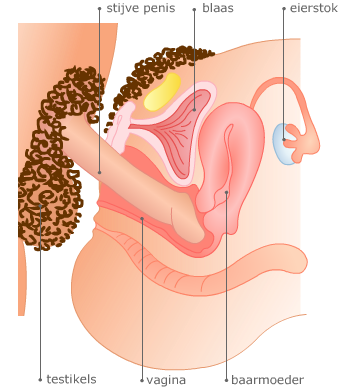
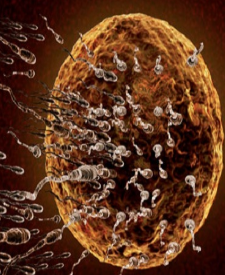 Een eicel is de grootste cel van een mens. Een eicel is nog net met het blote oog zichtbaar. Zaadcellen zijn zeer kleine cellen en hebben een lange staart waarmee ze zich kunnen voortbewegen. Eicellen bewegen door trilharen in de eileider richting de baarmoeder.
Een eicel is de grootste cel van een mens. Een eicel is nog net met het blote oog zichtbaar. Zaadcellen zijn zeer kleine cellen en hebben een lange staart waarmee ze zich kunnen voortbewegen. Eicellen bewegen door trilharen in de eileider richting de baarmoeder.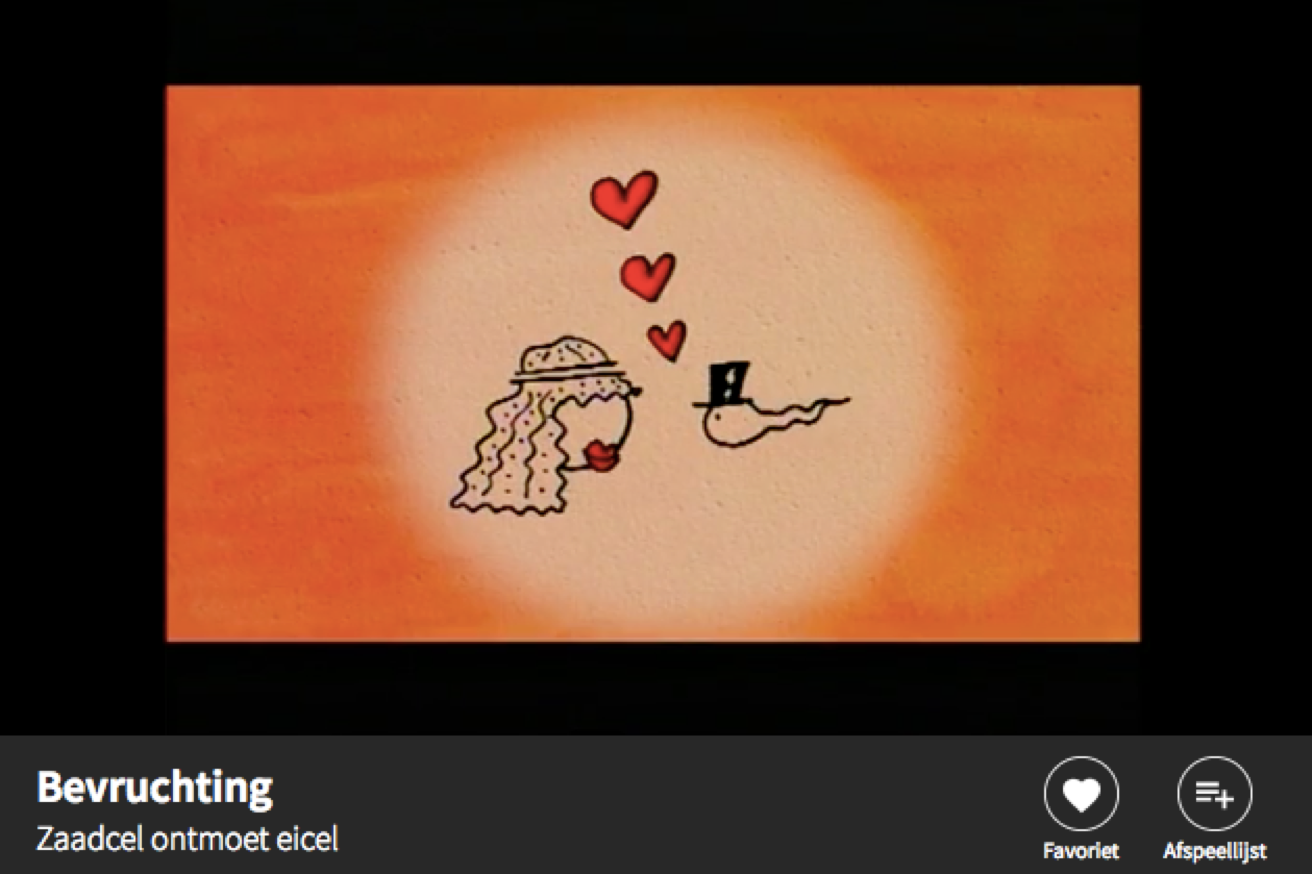
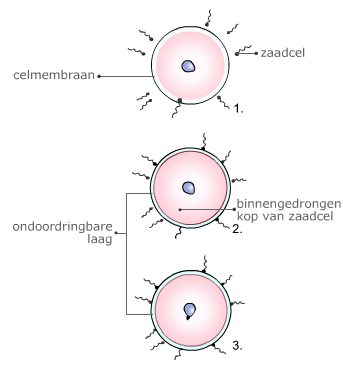 Bij de bevruchting vindt er een versmelting plaats van één zaadcel met de eicel. De cel die ontstaat na de bevruchting heet zygote.
Bij de bevruchting vindt er een versmelting plaats van één zaadcel met de eicel. De cel die ontstaat na de bevruchting heet zygote.
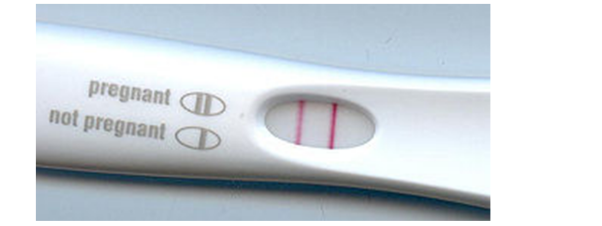

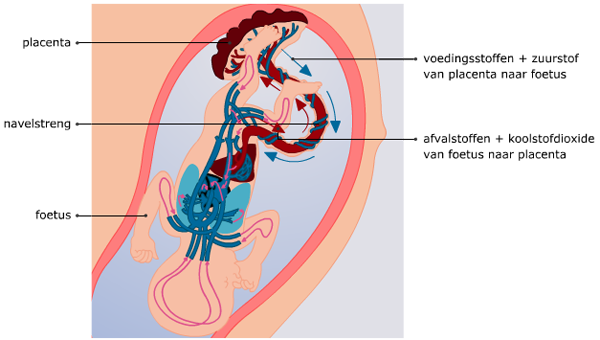

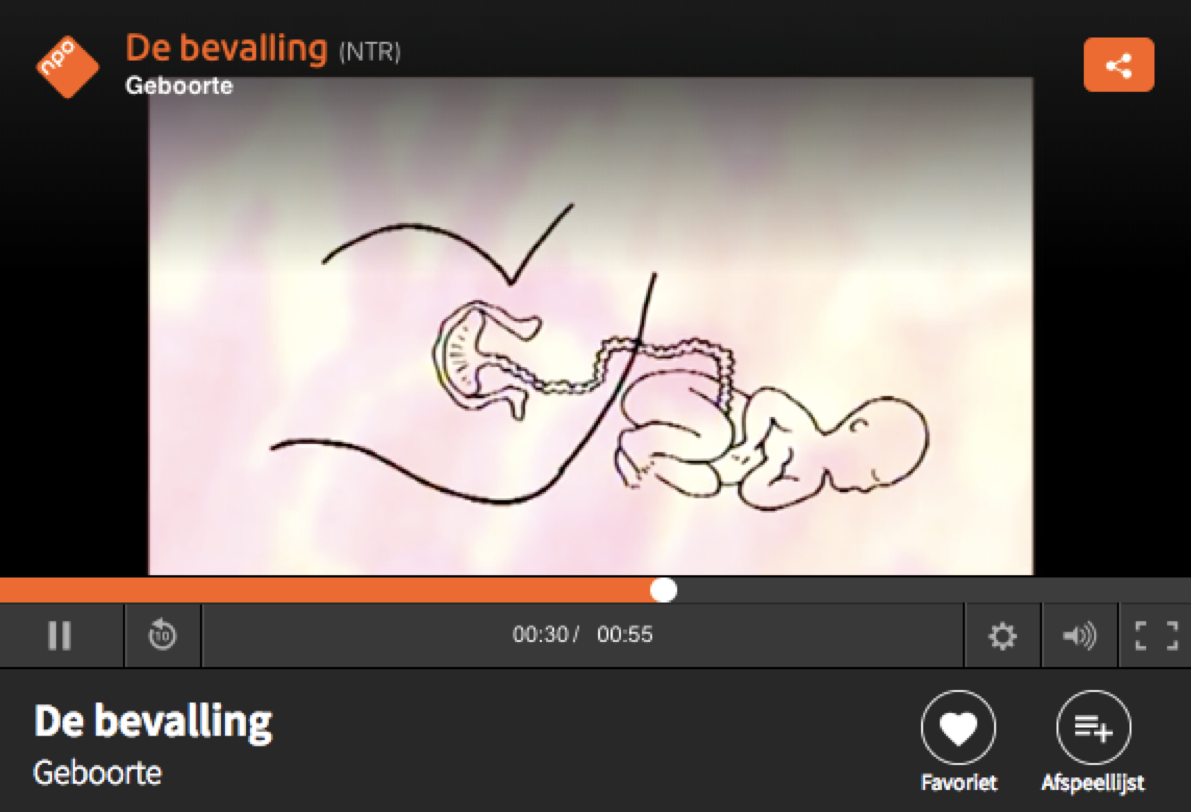

 De meeste kinderen worden gelukkig gezond geboren. Maar een baby kan ook aangeboren afwijkingen hebben. In een deel van de gevallen is het mogelijk om in een vroeg stadium van de zwangerschap bij het ongeboren kind afwijkingen vast te stellen.
De meeste kinderen worden gelukkig gezond geboren. Maar een baby kan ook aangeboren afwijkingen hebben. In een deel van de gevallen is het mogelijk om in een vroeg stadium van de zwangerschap bij het ongeboren kind afwijkingen vast te stellen.